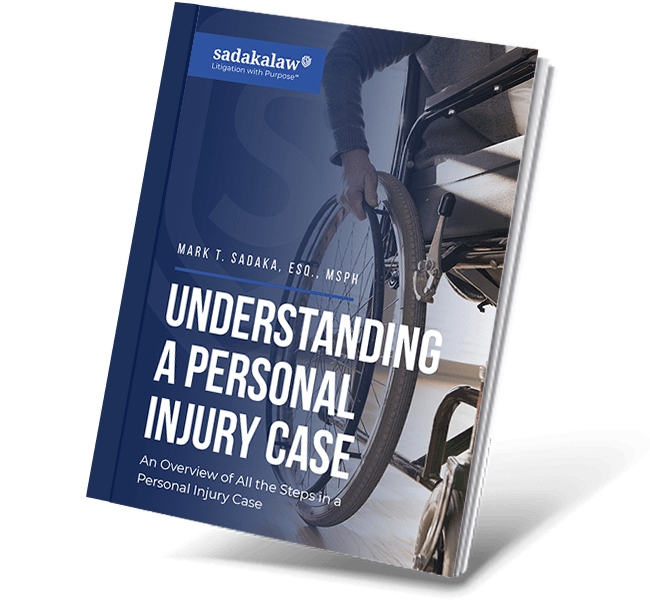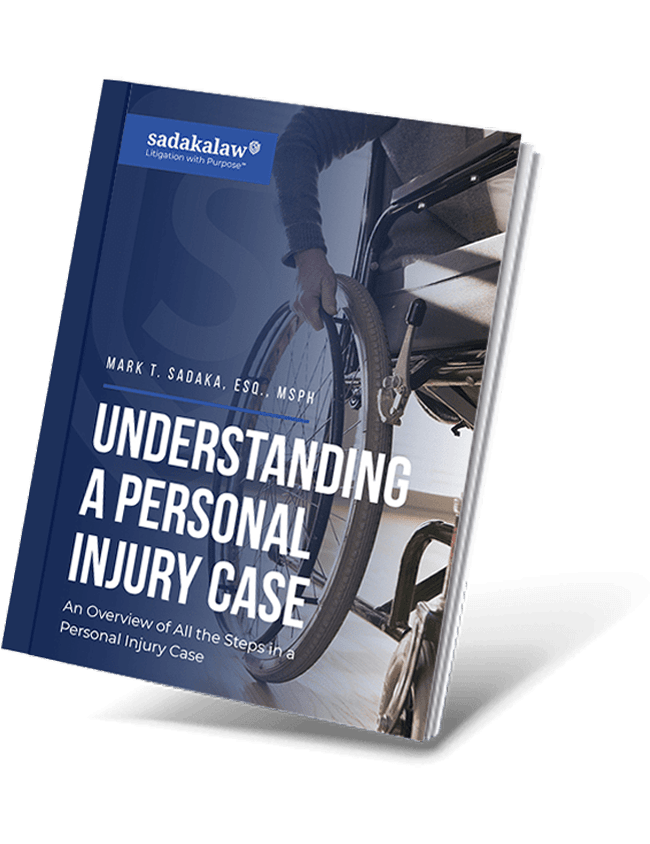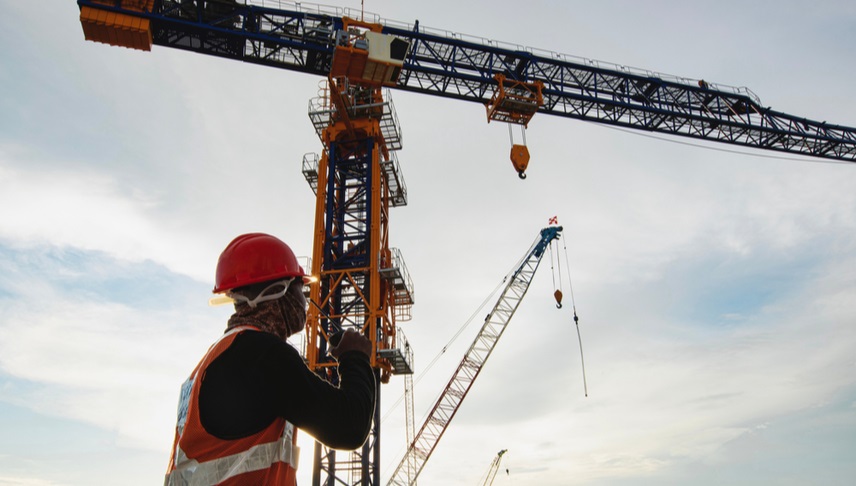
The most common cause of crane accidents is cranes having contact with power lines, accounting for around 45% of all crane-related accidents, followed by equipment falling or overturning due to dangerous working conditions.
Construction sites, oil fields, and various other industries rely on cranes every day. Without them, a day’s work can turn into a week’s worth of work. Unfortunately, this type of heavy machinery can also be dangerous to those around it.
Since cranes are incredibly heavy and bulky, the construction company and crane operators need to employ effective safety practices. Unfortunately, crane safety can often be a complicated task. As a result, crane accidents can occur, harming employees or a passerby. With that said, what’s the most common cause of crane related fatalities?
Crane accidents can result from various circumstances, including inclement weather, company negligence, and equipment malfunction. Crane-related incidents can lead to various types of injuries such as fractures, brain damage, and even death. If you or a loved one suffered personal injury from a crane-related incident or any construction-related incident, finding a local New York or New Jersey attorney is crucial.
Stats for Crane Accidents
According to the Occupational Safety and Health Administration, or OSHA, around 93% of crane accidents in the U.S. result from human error. Although crane accidents are rare, they can cause severe injury or fatalities when they do occur.
In 2006, the Bureau of Labor Statistics counted 72 crane-related fatalities in the United States. The most common cause of crane accidents is cranes having contact with power lines or other power sources, making up around 45% of all crane-related accidents.
The next most common cause of crane accidents is equipment falling or overturning due to dangerous working conditions or improper equipment management. In addition, poor communication causes around 10% of crane accidents for those working on construction sites.
Crane Accident Fatality Stats
Unfortunately, crane accidents can be fatal. Below is a breakdown of crane-related fatalities:
- Contact with crane equipment: 62%
- Transportation accidents: 10%
- Falling from the equipment: 20%
- Electrocution: 8%
Employees working on-site and bystanders walking by can be victims of crane accidents. Since cranes are generally the largest equipment on a construction site, they cause more accidents than all other pieces of equipment.
Construction Workplace Accidents
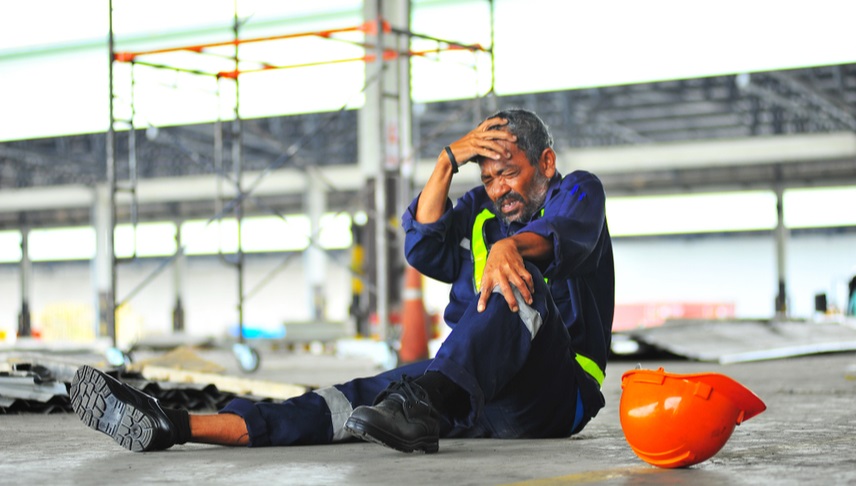
What is the most common cause of crane-related fatalities? Generally, workplace accidents are the number one cause of crane-related incidents and fatalities.
Construction workers spend hours around heavy machinery and delicate electrical equipment. Unfortunately, this creates a significant risk. Crane-related work accidents can occur in various ways, ranging from electrical malfunction to unsafe working conditions.
Electrical Shocks
Electrical shocks are more common with mobile cranes since they are smaller and often used in tighter spaces. If the crane’s load or boom touches an electrical wire, such as a power line, the electricity can travel through the equipment and shock the operator. Unfortunately, electrical shocks through a crane can be fatal.
Falling Off the Equipment
Construction employees working with cranes often find themselves on higher ground. Whether they are securing beams or working on upper-level building floors, it is essential to have adequate safety measures in place.
If the worker does not have a proper safety harness or fall prevention equipment, they can easily fall when the crane moves, leading to severe injury or death.
Being Struck by Equipment
Although cranes weigh several tons, they can still fall over. Equipment overturns often result from improper load placement or exceeding the crane’s capacity. Due to the extreme weight of this type of machinery, crane strikes and overturns often result in death or severe injury.
Lack of Communication
One of the most common causes of crane accidents is a lack of communication in the workplace. Construction site managers and employees are responsible for checking their machines and ensuring they are safe to use. Without proper communication or safety checks, cranes and other construction tools can turn into dangerous equipment.
Dangerous Working Conditions or Worksite
In some cases, crane accidents are due to unsafe conditions that result from a property owner’s negligence. A dangerous landscape can cause injury or death in various ways, including:
- Falling or dangerous debris around the construction site and crane
- Inadequate crane set up
Boom or Cable Failure
A crane’s load can fall if the boom or cable fails. If the crane is sitting on higher ground, it can pose a potentially fatal risk to those who work beneath it.
Weather
Not all crane-related incidents are the result of equipment malfunctions. High winds can impact construction work and overall equipment safety.
Generally, construction workers should only operate cranes and other heavy machinery when the winds and weather are permissible. The durability of a crane will vary depending on its make or model; however, equipment operators should always aim to use the machinery during lower wind speeds.
Ignoring the weather and moving forward with construction by using heavy machinery can pose a serious risk for workers and passing bystanders. Therefore, workers should always follow weather safety protocols.
Who Is Liable in a Workplace Accident Involving Cranes?

Employees injured while working at a construction site can typically pursue worker’s compensation. When it comes to liable parties, there are various possibilities, including:
- The construction company that the employee works for
- The property owner
- The construction project’s head engineer
- The crane manufacturer
- The crane operator
- A maintenance worker
Finding a worker’s compensation attorney is critical if you or a loved one experiences severe injury or death following a crane accident. Your lawyer will help you file the necessary paperwork and fight for your compensation. An attorney can also help you determine which party is liable and whether or not you can pursue further damages.
Personal Injury Suits
If you suffer severe injury due to a crane accident but do not work at the site of the incident, you could still pursue compensation with a personal injury suit. While worker’s compensation pays out to employees injured on the job, a personal injury lawsuit holds the negligent party accountable while often pursuing damages.
In a personal injury case, the victim can use vicarious liability, which holds the construction company liable. Personal injury cases can result from various types of crane-related accidents.
Tipping Cranes
Cranes can tip due to high wind, improper setup, or capacity overload. Not only does this pose a danger to the on-site construction workers, but any individuals who pass by the worksite.
Inexperienced Crane Operators
Construction cranes are complex pieces of machinery that require operators to have proper training and safety equipment. Employees who fail to operate the equipment competently can injure those around them, including bystanders.
Lack of Proper Maintenance
Cranes and other types of construction machinery require proper maintenance and routine servicing to maintain safe and efficient operations. When a company fails to provide necessary care for its equipment, it poses a danger to those around it.
Who Is Liable in Personal Injury Cases Involving Crane Accidents?
Personal injury victims who suffer at the hands of a crane accident could hold various parties liable, including:
- The construction company
- The crane operator
If you or a loved one suffer severe injury or death due to a construction worker’s negligence, it is crucial to find a personal injury attorney. A lawyer will review your case and help you determine who is liable. In addition, they will help you file and fight for compensation from the insurance company while pursuing damages and holding the negligent party responsible.
Investigating Crane Accident Cases
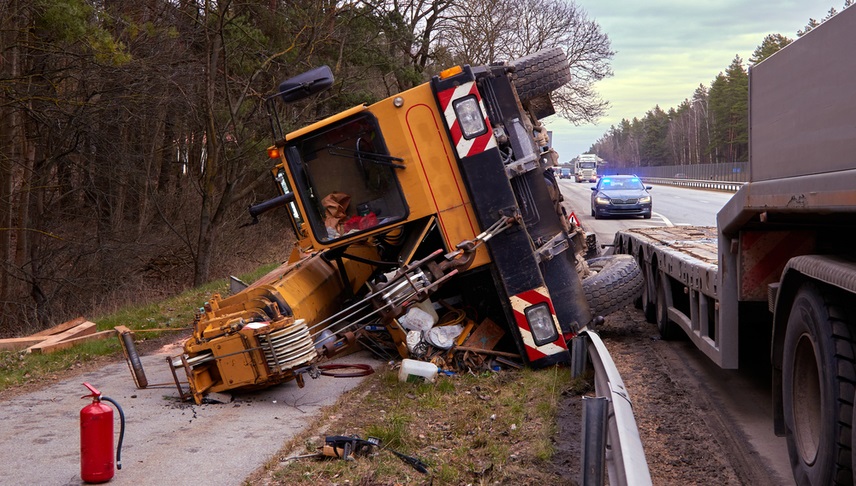
What is the most common cause of crane-related fatalities, and who investigates them? The investigation process can vary depending on whether it’s a personal injury or worker’s compensation case. However, most cases involve investigation from OSHA.
Many personal injury victims and their lawyers will hire investigators in the private sector for further case information. Additionally, most law firms have in-house investigators that will look over the facts of your case and help you hold the negligent party liable.
What to Do if You Are Involved in a Crane Accident
Whether the incident happens at work or while you are walking by a construction site, crane accidents can cause significant stress and trauma. When someone’s negligence leaves you severely injured by a construction crane, it is essential to find medical attention first. Then, find a crane accident attorney.
The attorneys at The Law Offices of Sadaka Associates understand how frustrating and traumatic crane accidents can be. From completing piles of paperwork to managing your physical recovery, it can be an overwhelming process.
Our lawyers do everything they can to aid you in your recovery process. We’ll review your case with you and help you better understand your rights as a personal injury or worker’s comp victim. Our goal is to handle the tedious legal work so you can focus on recovering.
What is the most common cause of crane-related fatalities? Generally, it is the negligence of another party that leads to equipment malfunction or improper operation.
The Law Offices of Sadaka Associates in New Jersey and New York are dedicated to helping injury victims fight for their compensation. Call our legal team today at (800) 810-3457 if you or a loved one suffered from injury or death due to a crane-related accident.

